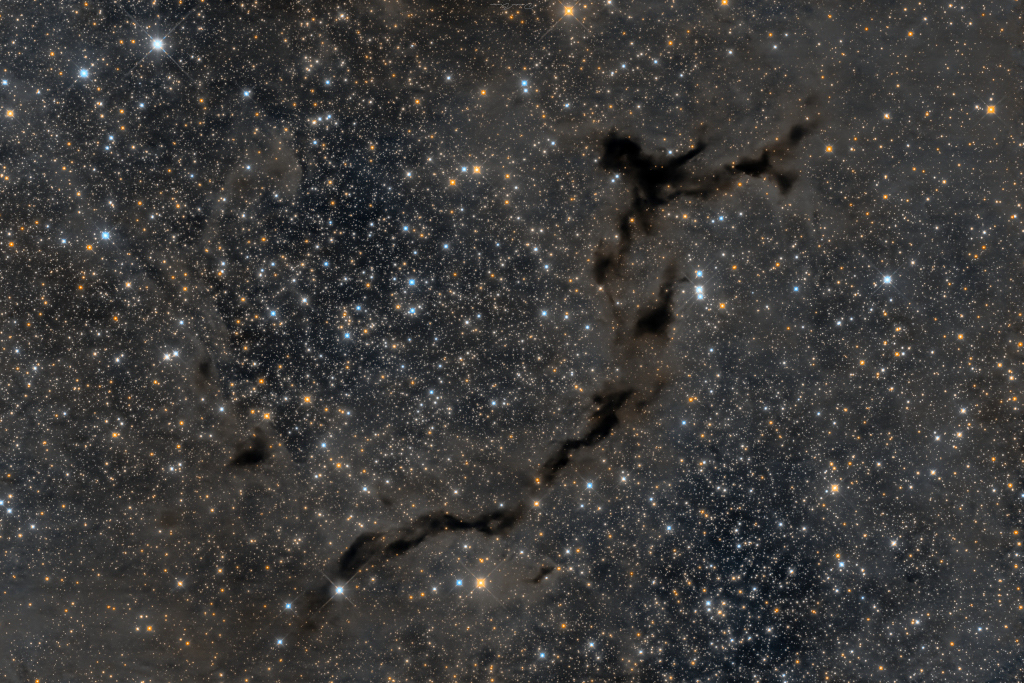Mars Weather
Season:
Sol: 675
Average Temperature: -62.314 °C
Wind Speed: WNW at °
Near-Earth Objects
Name: (2001 QJ142)
Diameter: 0.0950692305 km
Close Approach Date: 2024-09-19
Name: (2015 SH)
Diameter: 0.0142573883 km
Close Approach Date: 2024-09-19
Name: (2015 SO2)
Diameter: 0.0986370281 km
Close Approach Date: 2024-09-19
Name: (2016 EP1)
Diameter: 0.2099133109 km
Close Approach Date: 2024-09-19
Name: (2018 QT1)
Diameter: 0.2312277636 km
Close Approach Date: 2024-09-19
Name: (2021 RL2)
Diameter: 0.3266178974 km
Close Approach Date: 2024-09-19
Name: (2022 CQ5)
Diameter: 0.0981838322 km
Close Approach Date: 2024-09-19
Name: (2022 SW3)
Diameter: 0.0622357573 km
Close Approach Date: 2024-09-19
Name: (2022 SY28)
Diameter: 0.0459240286 km
Close Approach Date: 2024-09-19
Name: (2024 OC2)
Diameter: 0.3377847035 km
Close Approach Date: 2024-09-19
Name: (2024 PS7)
Diameter: 0.3142244529 km
Close Approach Date: 2024-09-19
Name: (2024 RA1)
Diameter: 0.1854556115 km
Close Approach Date: 2024-09-19
Name: (2024 RN12)
Diameter: 0.058242496 km
Close Approach Date: 2024-09-19
Astronomy Picture of the Day (APOD)
The Dark Seahorse of Cepheus

Date: 2024-09-19
Description: Spanning light-years, this suggestive shape known as the Seahorse Nebula floats in silhouette against a rich, luminous background of stars. Seen toward the royal northern constellation of Cepheus, the dusty, dark nebula is part of a Milky Way molecular cloud some 1,200 light-years distant. It is also listed as Barnard 150 (B150), one of 182 dark markings of the sky cataloged in the early 20th century by astronomer E. E. Barnard. Packs of low mass stars are forming within, but their collapsing cores are only visible at long infrared wavelengths. Still, the colorful Milky Way stars of Cepheus add to this stunning galactic skyscape. Growing Gallery: This week's supermoon eclipse
Upcoming Space Missions
No upcoming space missions data available.